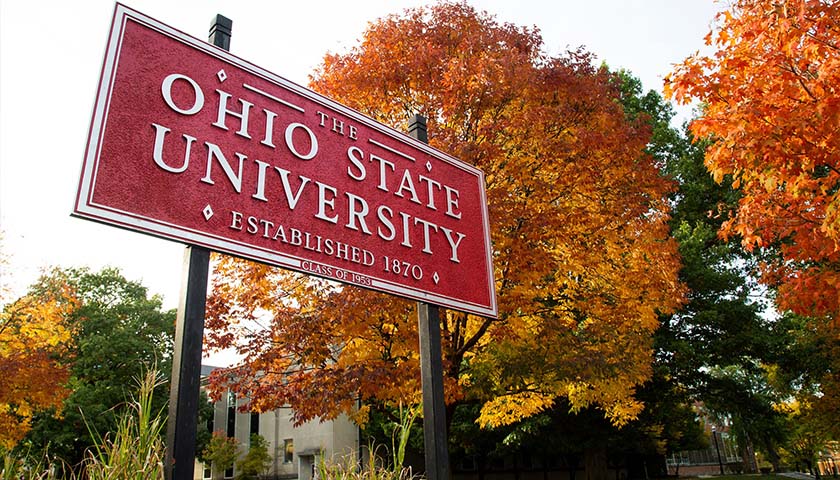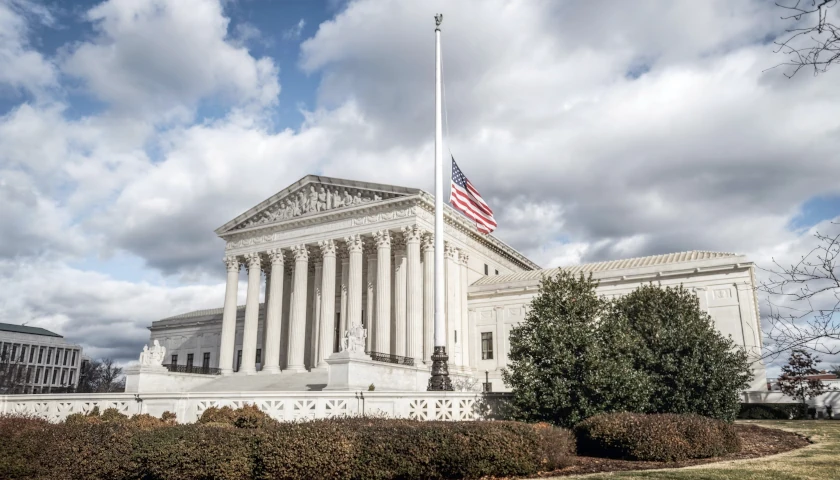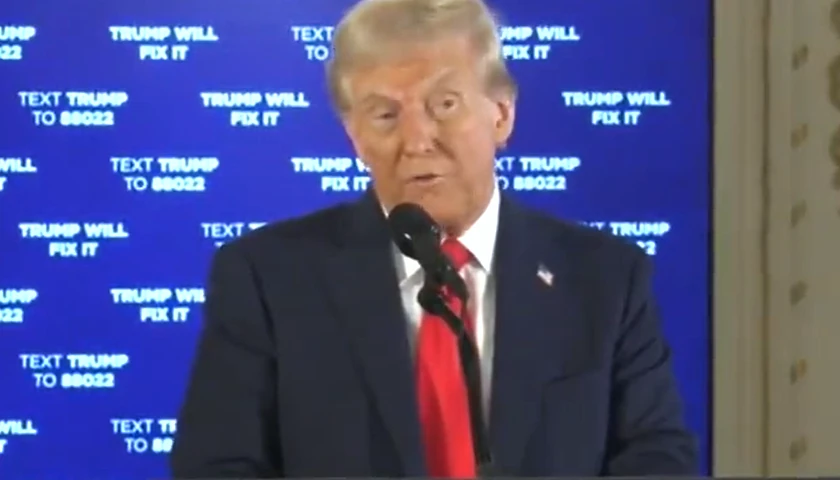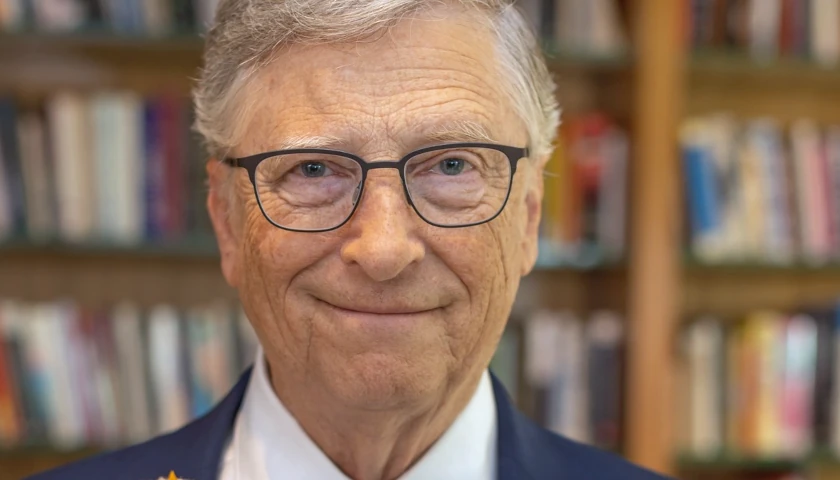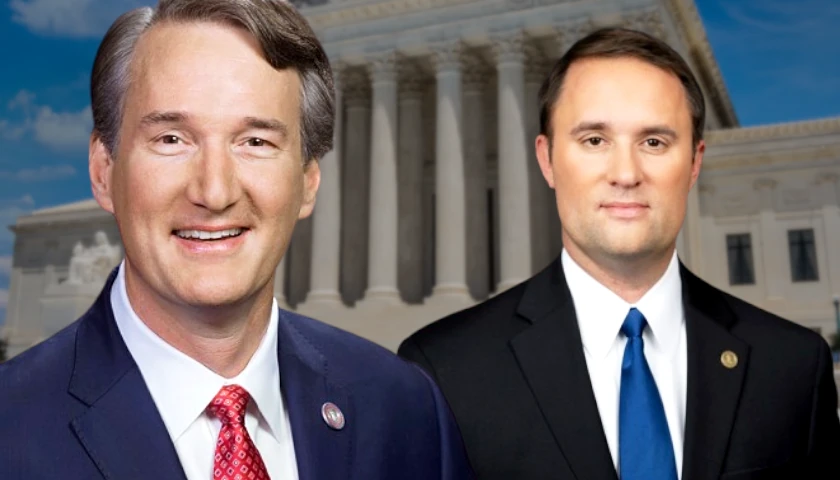by Benjamin Rothove
Nearly all of explicitly partisan donations from faculty at the Ohio State University appear to have gone to Democratic candidates or aligned causes, according to an analysis by The College Fix.
Professors at Ohio’s largest university gave $302,982.90 to Democratic candidates or groups that primarily support Democrats between January 1, 2023 and October 19, 2024, according to Federal Election Commission data.
In contrast, they gave Republicans and aligned organizations only $2,782.29 The remaining donations went to third-party candidates or PACs that support both Democrats and Republicans. This means 99 percent of donations to a particular party or aligned cause went to the Democratic Party, with just one percent going to Republicans.
The results are similar to 2022, when 98 percent of Ohio State University faculty donations went to Democrats.
OSU is the alma mater of Republican vice-presidential nominee and U.S. Senator JD Vance.
Vance won his election in 2022 by six percentage points, while former President Donald Trump won Ohio in 2020 by eight points. Despite this, there were no identifiable donations to Donald Trump’s presidential campaign. However, there were a handful of donations through WinRed, a Republican payment processing platform.
The College Fix searched for donors at the university who listed their occupation as “professor,” though some, upon checking, had titles such as lecturer or held research positions. The undergraduate university, as well as the law school and medical school, were included in the analysis.
One medical school professor represented about 40 percent of the entire donations to Republicans from Ohio State faculty.
The Fix considered an organization partisan if more than 60 percent of its donations go to a single political party, according to Open Secrets. A donor to a Planned Parenthood PAC, for example, would reasonably assume his donations are going to advance Democratic candidates. Similarly, a donor to the National Rifle Association would reasonably assume his donations would aid Republican candidates.
The Fix contacted the university media relations team twice via email and left a voicemail with questions about why such a large disparity exists and what is being done to increase ideological diversity on campus, but did not receive a response in the past week.
The university’s College Republicans and Young Americans for Freedom chapters also did not respond to requests for comment.
The large disparity should be taken into consideration as the university evaluates ideological diversity on campus, according to the National Association of Scholars.
“Universities ought to provide their students with the best possible education,” spokesman Chance Layton told The Fix via email. “That requires exposure to a broad array of ideas, and a university that doesn’t do so fails its students.”
“The reason might be the long-term use of DEI statements to weed out conservative candidates or those who tend to lean that way,” Layton said. “It might also be more to do with the prolific use of racial preferences in hiring and admissions,” he said, referencing past research from the academic reform group.
More than half of the political donations to Democrats went through the ActBlue fundraising platform, so it is not possible to see who exactly received each donation. The Democratic candidates who received the highest number of contributions were Vice President Kamala Harris and Ohio Senator Sherrod Brown,
Vermont Senator Bernie Sanders, New York Representative Alexandria Ocasio-Cortez, Montana Senator Jon Tester, Michigan Representative Rashida Tlaib, and Massachusetts Senator Elizabeth Warren were also counted among the top Democratic donation earners.
On the Republican side of the aisle, more than half of the donations were processed by WinRed, the GOP’s equivalent to ActBlue. Only two Republican candidates received individual contributions from OSU professors: former United Nations Ambassador Nikki Haley, a 2024 presidential candidate, and New York Representative Anthony D’Esposito.
Some political action committees that do not strongly favor one party in their giving, such as the Society of Thoracic Surgeons PAC and American Society of Anesthesiologists PAC, also received a small number of donations.
The Ohio AAUP opposed the creation of new political science and civics centers at public universities in the state, saying there is already “intellectual diversity” on campus. “Ohio’s institutions of higher education are already open marketplaces of ideas where free inquiry is ongoing,” the faculty union stated in its official opposition.
The College Fix has previously found that 96 percent of faculty donations in Pennsylvania, 94 percent of faculty donations in Michigan, and 96 percent of Ivy League faculty donations went to Democrats.
Meanwhile, public universities in Republican states continue to lean heavily Democratic, according to recent College Fix analyses of the voting patterns and registrations of professors, primarily in the humanities and social sciences.
Democratic professors outnumber Republicans 10 to 1 at Oklahoma State University, a Fix analysis found.
Meanwhile, Democrats outnumber Republican professors 7 to 1 at the University of Florida.
– – –
College Fix contributor Benjamin Rothove is a student at the University of Wisconsin-Madison.
Photo “Ohio State University” by Ohio State University.

